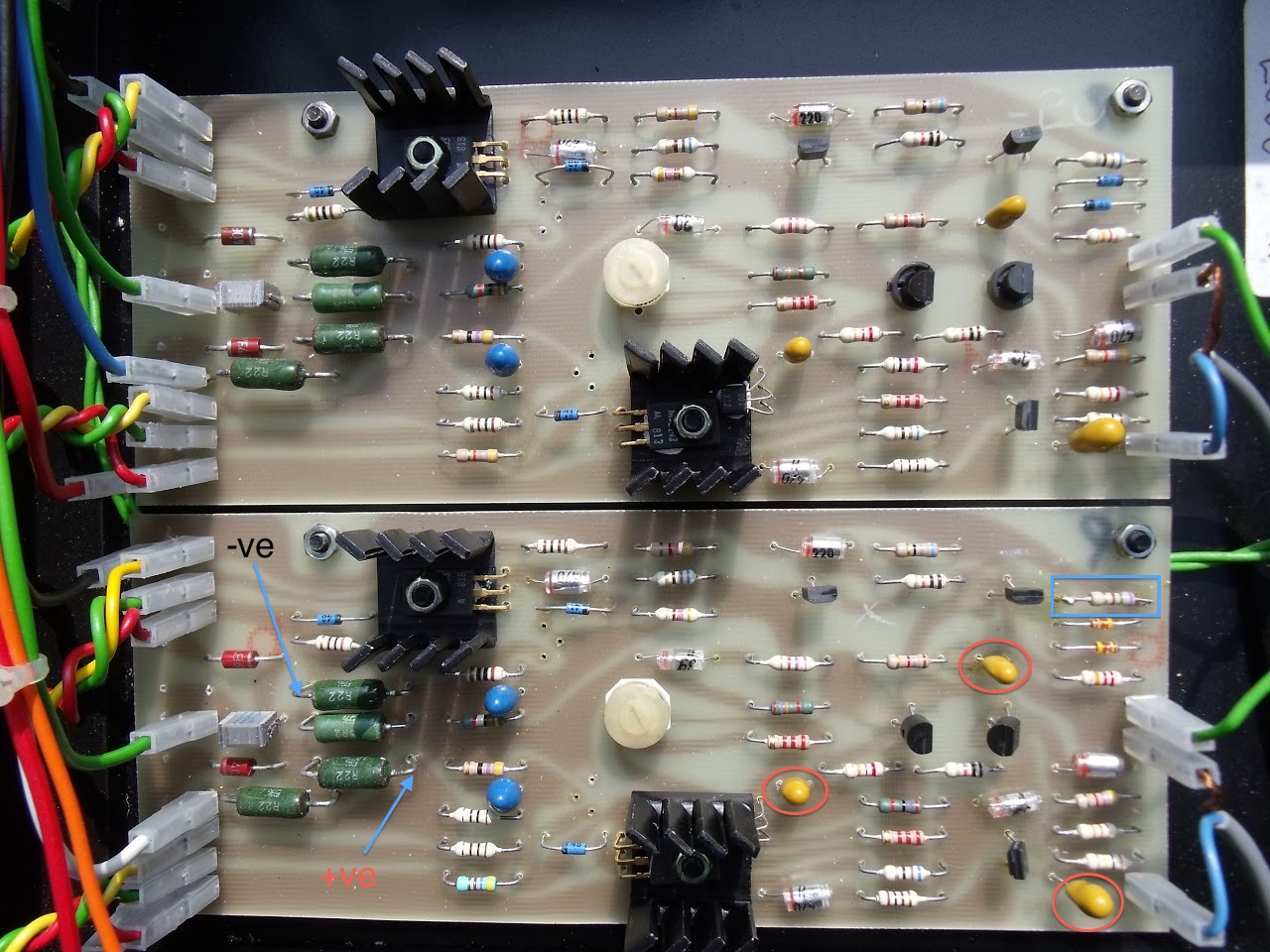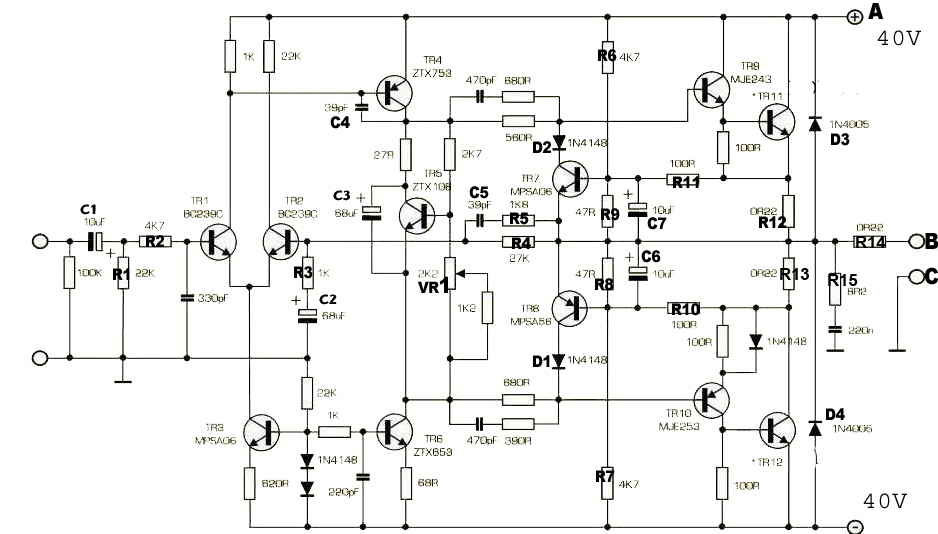diybry
pfm Member
In the interests of improving sound quality,I've been reading through the Fish archives, and of course the arguments rage back and forth regarding 'the best and most compatible' speaker cable for the NAP250.
The lack of any consensus is probably due to a combination of: (Not in any particular order) Music genre, presentation preference, speakers/equipment, hearing, room effects and size of wallet.
Acc to Naim, any cable should be of suitable capacitance and 3.5m min length to ensure stability.
This requirement for extended speaker cable lengths will surely increase the sonic signature of any cable chosen. (I guess) Not to mention the WAF.
My setup physically requires only 1m cable/speaker, but I have the prescribed 3.5m length.
Looking through the archives, I found this:
Originally Posted by LesW
16 turns of 1.2mm varnished copper wire wound on a 6mm drill
bit along with a 15R 2W resistor in parallel inserted into the centre.
Introduce this into the positive loudspeaker lead and you may then
use any combination/length of speaker lead that takes your fancy.
(Used in the NCC200s which are unconditionally stable)
Cue cries of anguish from the sheeple.
This gives the option of reduced spkr cable length, however what's the general opinion on the use of this circuit with 1m cable vs 3.5m of equivalent cable with regard to SQ?
The lack of any consensus is probably due to a combination of: (Not in any particular order) Music genre, presentation preference, speakers/equipment, hearing, room effects and size of wallet.
Acc to Naim, any cable should be of suitable capacitance and 3.5m min length to ensure stability.
This requirement for extended speaker cable lengths will surely increase the sonic signature of any cable chosen. (I guess) Not to mention the WAF.
My setup physically requires only 1m cable/speaker, but I have the prescribed 3.5m length.
Looking through the archives, I found this:
Originally Posted by LesW
16 turns of 1.2mm varnished copper wire wound on a 6mm drill
bit along with a 15R 2W resistor in parallel inserted into the centre.
Introduce this into the positive loudspeaker lead and you may then
use any combination/length of speaker lead that takes your fancy.
(Used in the NCC200s which are unconditionally stable)
Cue cries of anguish from the sheeple.
This gives the option of reduced spkr cable length, however what's the general opinion on the use of this circuit with 1m cable vs 3.5m of equivalent cable with regard to SQ?




